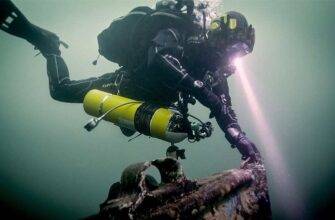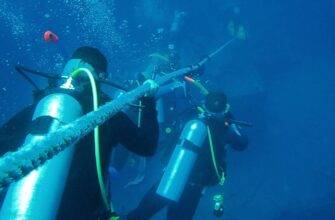Iron and several other metals fall under the definition of trace elements. Micronutrients are necessary for life, but in very small amounts. Living organisms include iron in specialized proteins and enzymes, such as hemoglobin (more on hemoglobin in Chapter 5).
Plants need iron for chlorophyll synthesis, although it is not part of the chlorophyll molecule. In addition to iron, enzymes also include zinc, magnesium, and copper.
Iron is essential for the life of aquatic organisms, especially phytoplankton, and is one of the most abundant metals on Earth. However, there is very little iron in water because iron compounds are insoluble. What little is dissolved in the water reacts quickly with other substances to form insoluble particles, and sinks to the bottom.
Scientists have found that in some parts of the ocean, lack of iron limits the productivity of phytoplankton. Therefore, in theory, introducing large quantities of iron into seawater (on a planetary scale) would trigger a massive development of phytoplankton, leading to the absorption of carbon dioxide from the atmosphere.
This could help combat global warming, which is thought to be caused by the increasing amount of carbon dioxide entering the atmosphere from burning fossil fuels.
If this highly controversial proposal were decided to be implemented, it would probably be done in the southern hemisphere. As you know, the land area in that hemisphere is smaller than in the northern hemisphere. Since it is from the land that iron compounds enter the oceans – with river runoff and dust-carrying winds – there is less iron in the oceans in the southern hemisphere.
The content of other nutrients in the seas of the southern hemisphere are high, and the reason limiting the development of phytoplankton is sometimes a lack of iron. Consequently, an increase in iron content should cause a proportional increase in phytoplankton.
Read More:




